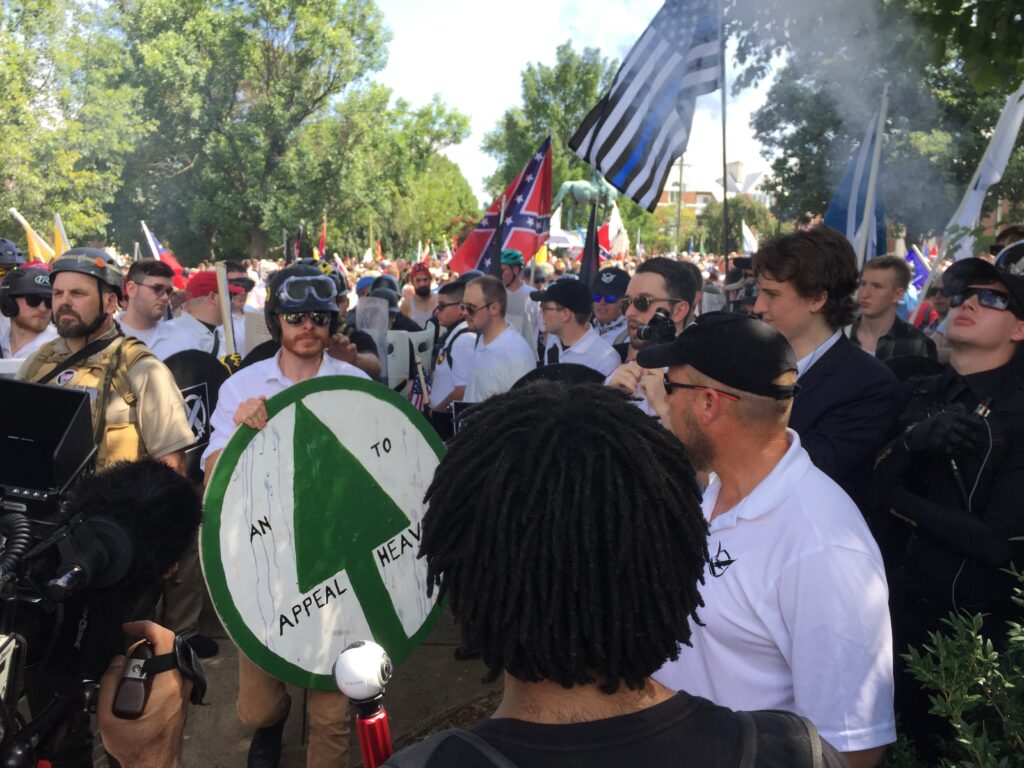By Alhelí Harvey
It’s a rainy morning in Austin, Texas. The kind of morning where the mugginess outside seems to creep in under the door, around the window frame, smothering the walls; it feels like a climatological manifestation of this state’s malice towards people. Anyone with a womb and without a wallet is a target, and anyone can be their bounty hunter. 1 Haitian migrants are literally stranded under a bridge, only to be brutalized by the Customs and Border Patrol; 2 this assemblage of goons on horses is the direct descendants of the Texas Rangers, one of the most openly racist police forces this “Empire of Maladies” has ever devised. 3 I tap a video on Instagram: “There was a fire last night…” and see that a stage in the center of a community that looks like a cross between a set from The Smurfs and a 1970s summer camp is a pile of ash. As the video presents the facts of the fire, we see that the community is a series of cabins (referred to as “cobbins”) under an overpass (US Interstate 880). This place is Cob on Wood– referring both to the earthen community space’s literal material and its location on Wood Street. It is as much makeshift as it is tactical: in the face of multiple failures by Oakland, California, and the country, unhoused residents and their collaborators created what has been described as an “eco-oasis” in under a year. 4
Cob on Wood has a health clinic, a hot shower, and a community kitchen. Residents make shelters on their own from a material that is both cheap and effective: cob, a weather-resistant mixture of soil, clay, sand, and straw. Similar to adobe, cob has been used all over the world and is highly durable. In many ways, the community is an example of architecture without architects. In one sense, Cob on Wood is a manifestation of a collective response to an urgent need for both housing and resources. The methods for its building came about through a collaborative process rarely seen in capital A- architecture. These details, while laudable and certainly inspiring models for different building approaches, just as easily point toward the inadequacy of architectural practices, understandings, and relationships as they are widely practiced by the trade and discipline itself. Continue reading “Only here for so long: understanding what antifascist architecture could mean”


